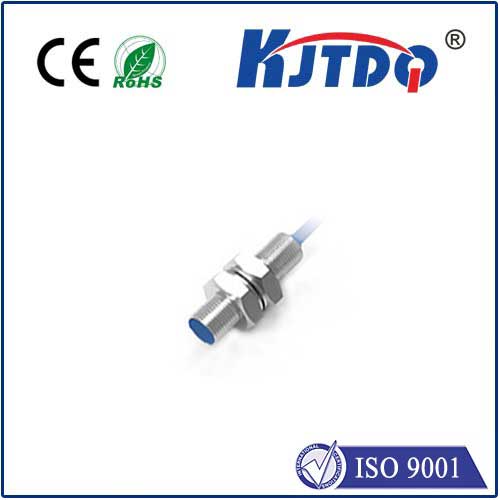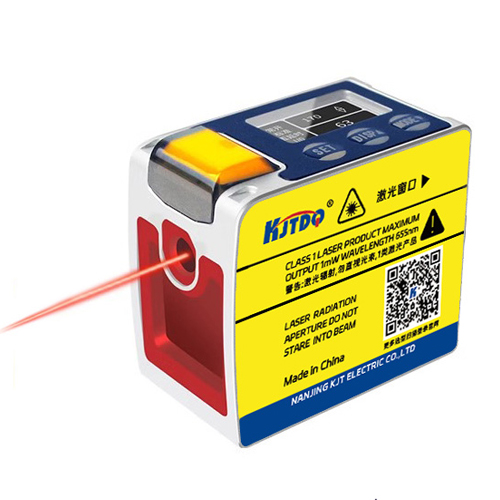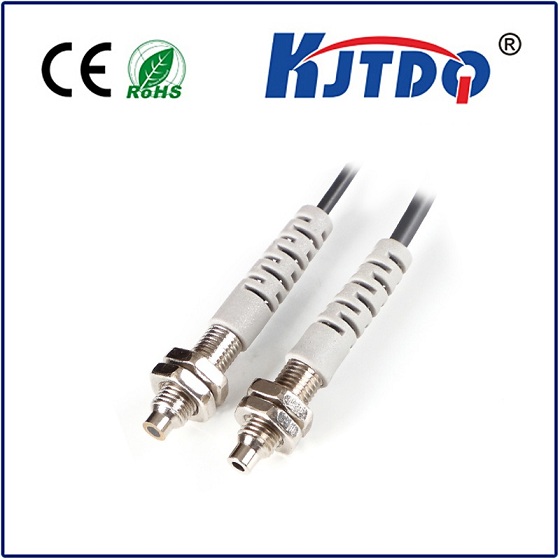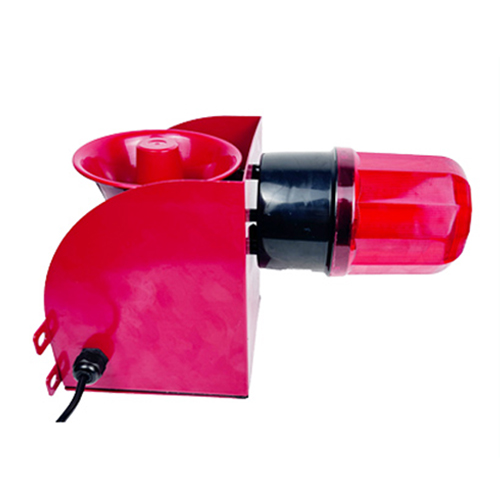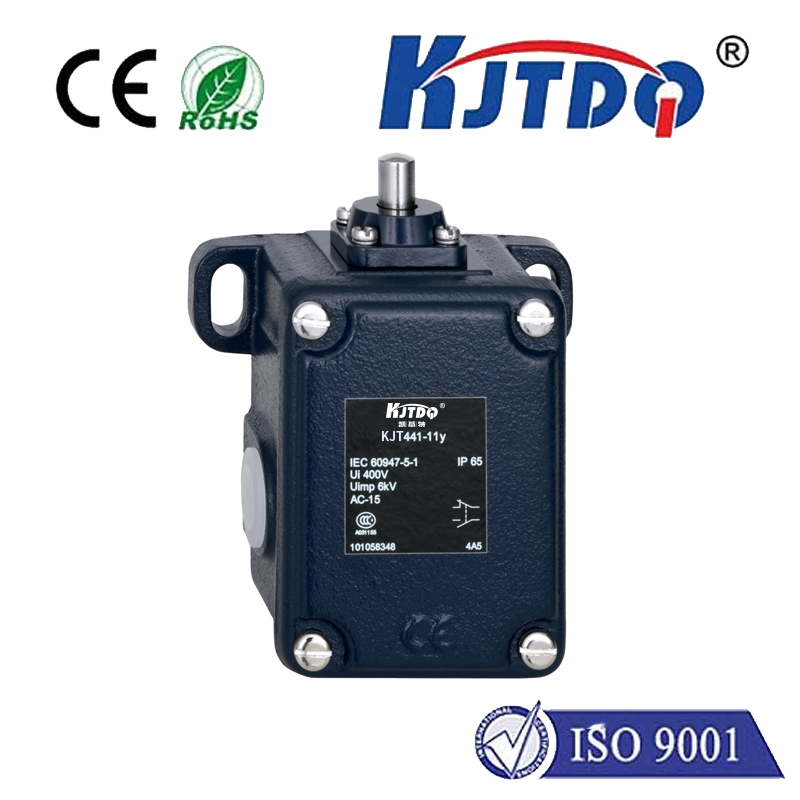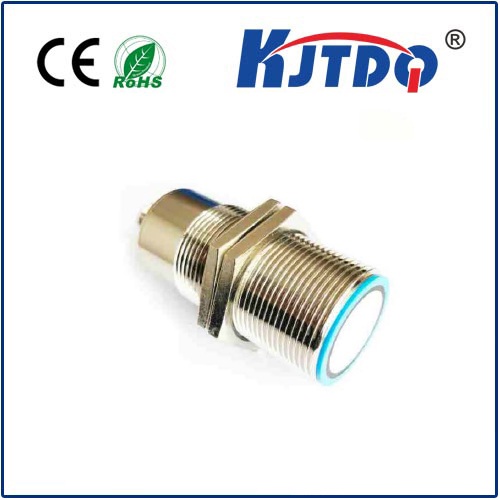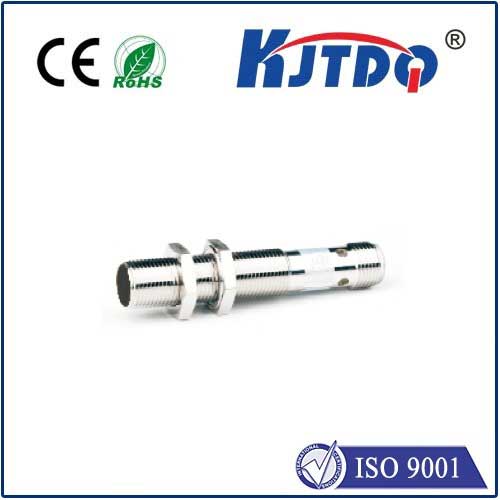BES0146 high pressure proximity sensor
- time:2025-09-30 14:49:22
- Click:0
Demystifying the BES0146 High Pressure Proximity Sensor: Essential Sensing for Demanding Environments
Understanding the BES0146 High Pressure Proximity Sensor
Imagine a critical piece of industrial machinery operating under immense pressure. Pumps pushing hydraulic fluid, valves controlling aggressive media, cylinders exerting tremendous force. In such environments, knowing the exact position of a piston, valve spool, or component isn’t just convenient—it’s vital for safety, efficiency, and preventing catastrophic failure. This is precisely where specialized sensors like the BES0146 high pressure proximity sensor step onto the stage, offering reliable detection where standard sensors falter.
The Crucial Need for Pressure Resilience in Proximity Sensing
Standard inductive proximity sensors are workhorses in automation. They non-contactly detect metallic objects using an electromagnetic field, prized for their durability, simplicity, and cost-effectiveness. However, their Achilles’ heel lies in environments subjected to high pressure. Why?
- Sealing Integrity Failures: Intense pressure can compromise the seals on standard sensors, leading to ingress of hydraulic fluid, water, grease, or other contaminants. This rapidly damages internal electronics.
- Material Stress and Fatigue: Constant exposure to high pressure can physically deform sensor housings or diaphragms not designed for such loads.
- Premature Wear and Failure: Even minor leaks under pressure drastically shorten sensor lifespan and lead to unexpected downtime.
- Sensing Accuracy Issues: Pressure-induced vibrations or deformations can potentially interfere with the sensor’s electromagnetic field, impacting detection reliability.
Enter the BES0146: Engineered for the Extreme

The BES0146 high pressure proximity sensor addresses these challenges head-on. It represents a category of inductive sensors specifically engineered to withstand the punishing conditions inherent in high-pressure applications. Its core strength lies in its robust construction:
- Fortified Housing: Typically constructed from high-grade stainless steel (like 1.4305 / 303 or similar) or exceptionally rugged thermoplastics designed to resist deformation under pressure.
- Superior Sealing Technology: Utilizes advanced multi-stage sealing systems, often comprising high-durometer O-rings (e.g., FKM/Viton) and specialized sealing techniques to ensure impermeability even at pressure ratings significantly exceeding standard sensors. Think ratings potentially ranging from 100 bar (1450 psi) up to 500 bar (7250 psi) or even higher, depending on the specific BES0146 variant.
- Pressure-Compensated Design: Some designs incorporate features to mitigate the internal stresses caused by external pressure.
- Enhanced Process Connection: Features robust threaded mounts (like M12x1, M18x1.5, M30x1.5) designed to maintain seal integrity under high mechanical loads.
Core Operating Principle: Reliable Inductive Sensing
Despite its ruggedness, the fundamental operation of the BES0146 high pressure proximity sensor remains elegantly simple, adhering to the principles of inductive proximity sensing:
- Oscillator Circuit: An internal oscillator generates a high-frequency alternating electromagnetic field that radiates from the active face of the sensor.
- Field Disturbance: When a metallic target (ferrous or non-ferrous, depending on sensor type – though ferrous metals offer the longest sensing ranges) enters this field, eddy currents are induced within the target.
- Amplitude Change: The creation of these eddy currents draws energy from the oscillator circuit, causing a measurable decrease in the oscillation amplitude.
- Detection and Output: An evaluation circuit within the BES0146 monitors this amplitude change. When the decrease exceeds a predefined threshold (indicating the target is within the sensor’s specified switching distance), the sensor’s output stage triggers. This output is usually a solid-state switch (PNP or NPN transistor sourcing/sinking current) controlling a load like a PLC input, relay, or indicator lamp.
Where the BES0146 Proves Indispensable: Key Applications
The BES0146 high pressure proximity sensor finds its niche wherever proximity detection is needed in conjunction with significant pressure:
- Hydraulic Systems: Direct detection of piston position inside hydraulic cylinders (rod side or even within high-pressure cavities with appropriate variants), valve spool position sensing in directional control valves, monitoring ram position in presses and injection molding machines.
- Pneumatic Systems (High-Pressure): Positioning in high-pressure air compressors or specialized pneumatic actuators operating beyond standard line pressures.
- Fluid Power Equipment: Position feedback in pumps, motors, and intensifiers operating under high internal pressures.
- Test Benches & Rigs: End-position detection during high-pressure testing of components like pipes, valves, and pressure vessels.
- Off-Highway & Mobile Machinery: Reliable sensing in excavator arms, loader implements, crane booms, and steering systems where hydraulic pressures are extreme.
- Industrial Automation within Harsh Environments: Any machinery where the sensor location is directly exposed to high-pressure sprays, washdowns, or immersion.
Installation and Maintenance: Ensuring Optimal Performance
To maximize the lifespan and reliability of your BES0146 high pressure proximity sensor, consider these critical points:
- Mounting Torque: Adhere strictly to the manufacturer’s specified torque values for the process connection. Overtightening can damage seals or threads, while undertightening risks leaks under pressure. Use calibrated torque wrenches.
- Target Material and Size: Ensure the target material is suitable (ferrous metals offer best range) and that its size meets or exceeds the sensor’s specified requirements for reliable switching.
- Target Approach: The target should approach the sensor perpendicularly to its active face for optimal sensing distance.
- Environmental Compatibility: Verify the sensor’s material (housing, seals) is compatible with the specific fluid or medium it might encounter (hydraulic oil type, potential contaminants, temperature).
- Electrical Connections: Use appropriate, moisture-resistant connectors and cabling. Ensure correct polarity and supply voltage matching the sensor’s specifications. Protect wiring from abrasion and crushing.
- Routine Inspection: Periodically check the sensor housing and seals for signs of damage, corrosion, or fluid ingress. Monitor its performance for consistency.
Choosing the Right BES0146 Variant
The designation BES0146 typically refers to a specific model within Balluff’s extensive proximity sensor range, known for their quality and specialization. When selecting or replacing a BES0146, pay close attention to:
- Pressure Rating: Confirm the exact pressure specification (e.g., 250 bar, 400 bar) matches or exceeds your application requirement.
- Electrical Specification: Voltage (e.g., 10-30V DC), Output type (e.g., PNP NO, NPN NC), Connection type (e.g., cable, M12 connector).
- Sensing Distance: The nominal switching distance (e.g., 4mm, 8mm).
- Thread Size and Type: The process connection (e.g., M12x1, M18x1.5).
- Housing Material: Stainless steel vs. specialized plastic.
- Temperature Range: Ensure it suits the operating environment.
Conclusion: Reliability Where it Counts (Under Pressure)
In the relentless world of heavy industry, hydraulic power, and demanding automation, sensor failure often translates directly to costly downtime and potential safety hazards. The BES0146 high pressure proximity sensor stands as a critical solution engineered specifically






